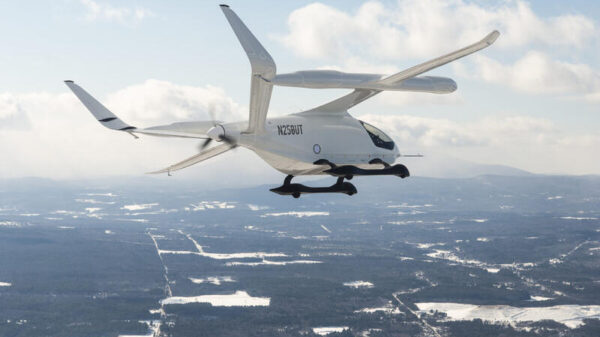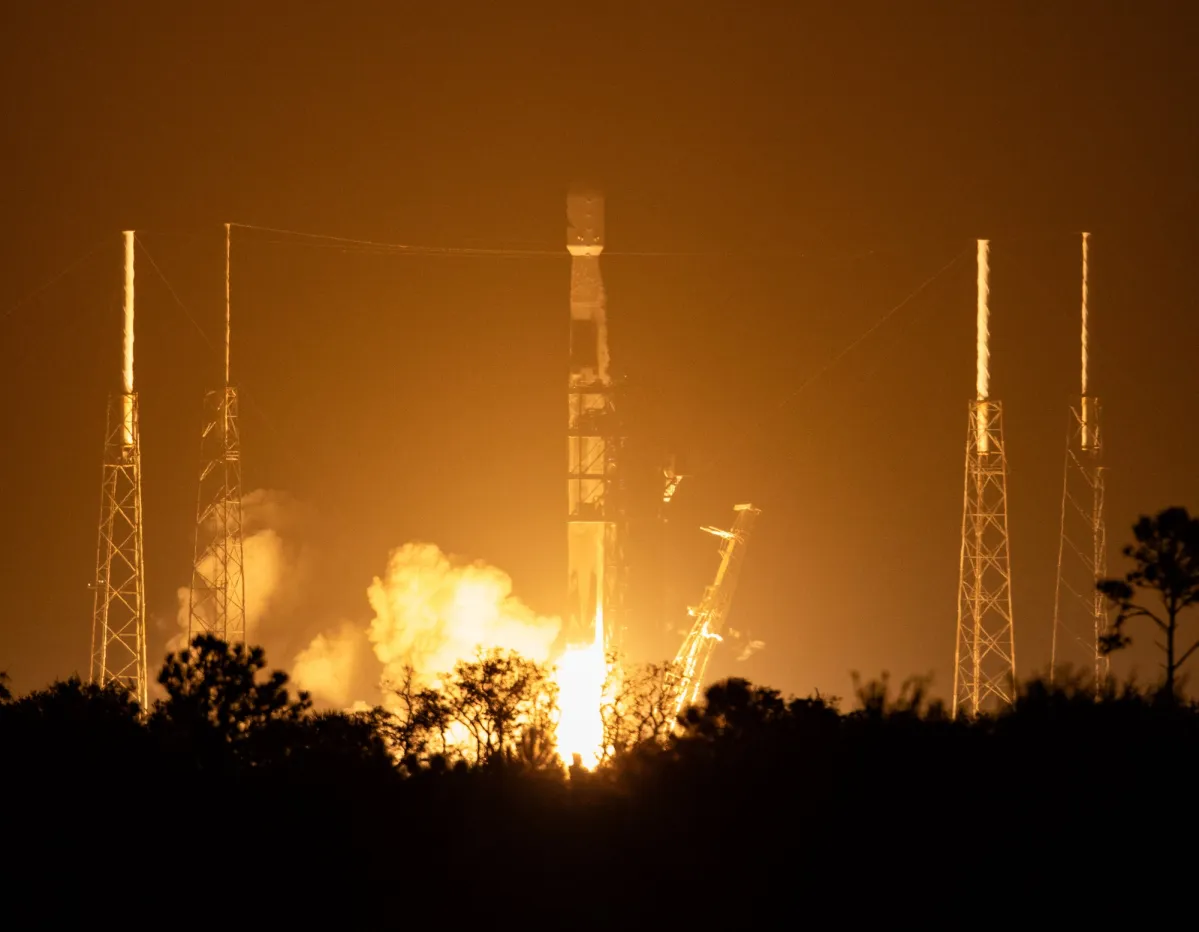On February 8th, an extraordinary event unfolded in the realm of U.S. space exploration: a SpaceX Falcon 9 rocket flawlessly launched a NASA Earth science satellite into orbit. This remarkable launch, a first of its kind for the U.S. government in over 60 years, marks a significant milestone in our quest to unravel the mysteries of our planet.
Taking off from Cape Canaveral Space Force Station’s Space Launch Complex 40, the Falcon 9 soared into the sky at 1:33 a.m. Eastern time after a brief delay due to adverse weather conditions. Its payload? NASA’s Plankton, Aerosol, Cloud, ocean Ecosystem (PACE) spacecraft, which embarked on its mission to study various facets of Earth’s oceans and atmosphere.
PACE is equipped with cutting-edge instruments designed to monitor ocean color, biological activity such as phytoplankton, as well as clouds and aerosols. Developed at NASA’s Goddard Space Flight Center in Maryland, this ambitious mission comes with a price tag of $964 million and is poised to operate for a minimum of three years, with potential extensions to a decade.
Karen St. Germain, NASA’s Earth science division director, underscored the critical importance of the PACE mission, emphasizing the vast unknowns surrounding Earth’s oceans compared to other celestial bodies. The journey to launch PACE began two decades ago and endured nine years of meticulous development.
Despite facing challenges and threats of cancellation during the Trump administration, PACE persevered thanks to unwavering support from the scientific community and Congress. The launch itself was historic, marking the first U.S. government mission to ascend to a polar or sun-synchronous orbit from Florida since 1960.
SpaceX’s innovative technology played a pivotal role in enabling polar launches from Cape Canaveral, with autonomous flight safety systems and reusable first-stage boosters showcasing the company’s prowess in spaceflight execution. The successful return of the booster to Cape Canaveral’s Landing Zone 1 further solidified SpaceX’s reputation as a leader in space exploration.
While most polar launches historically originated from Vandenberg Space Force Base in California, the decision to launch PACE from Cape Canaveral stemmed from the preferences of the spacecraft team at NASA’s Goddard Space Flight Center, who favored proximity to their operational center.
In conclusion, the successful launch of the PACE mission heralds a new era in Earth science research, propelled by the collaborative efforts of NASA and SpaceX. As PACE embarks on its mission to unlock the secrets of our planet, the world eagerly anticipates the groundbreaking discoveries that lie ahead.
















































